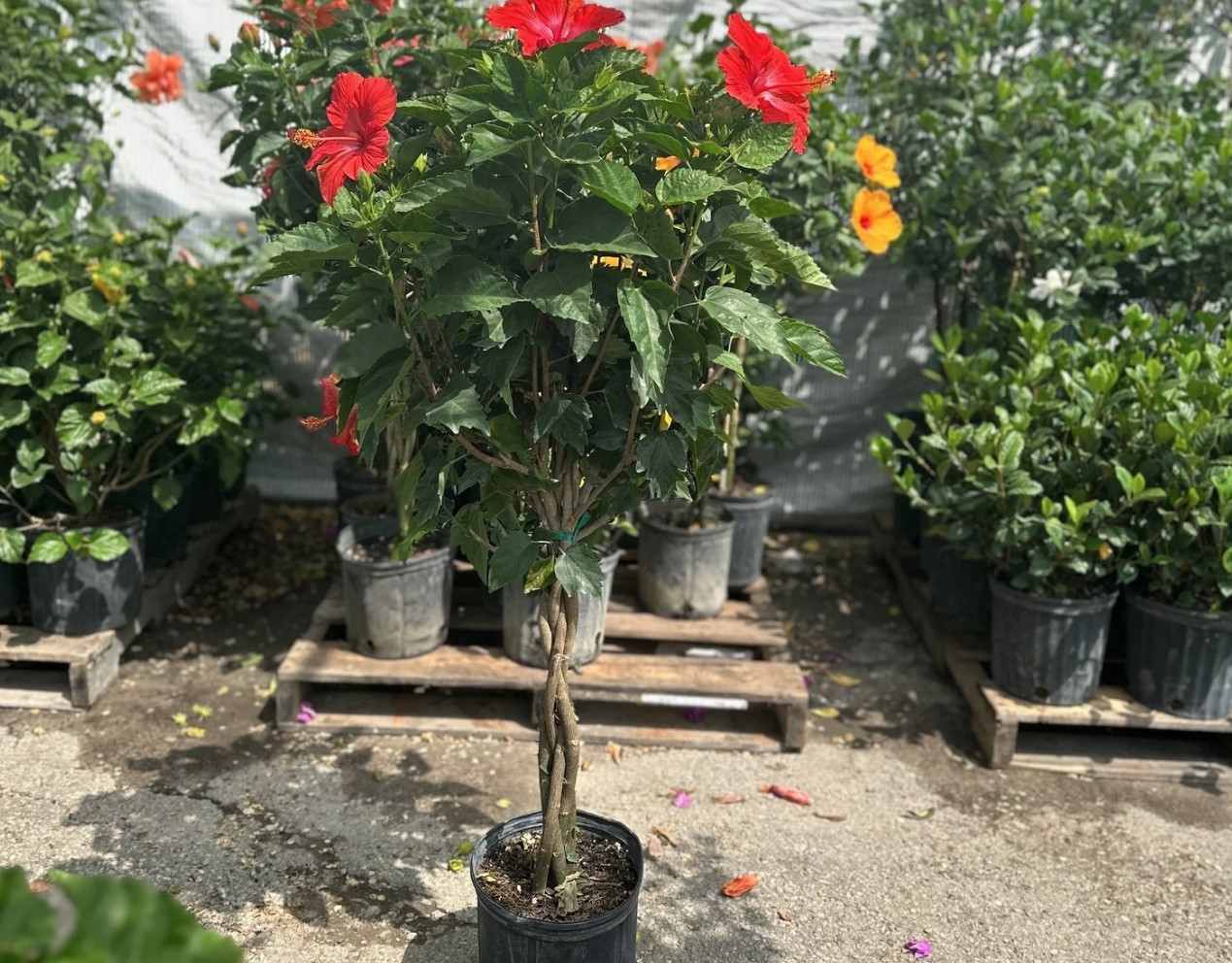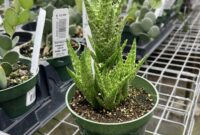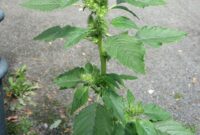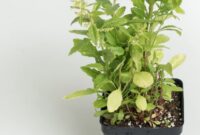
Hibiscus, with its stunning blooms and diverse varieties, has captured the hearts of gardeners worldwide. Whether you’re a seasoned green thumb or a budding plant enthusiast, this comprehensive guide will equip you with the knowledge and tips to cultivate healthy and vibrant hibiscus plants.
What is a Hibiscus Plant?
Hibiscus is a genus of flowering plants in the mallow family, Malvaceae. Known for their large, showy flowers in various colors, hibiscus plants are popular choices for gardens, landscapes, and indoor spaces. They thrive in warm climates and can be grown as shrubs, trees, or perennial herbs.
How to Grow Hibiscus
1. Choosing the Right Variety:
- Tropical Hibiscus: Thrives in warm, humid climates. Ideal for outdoor gardens in tropical and subtropical regions.
- Hardy Hibiscus: Tolerates colder temperatures and is suitable for temperate climates.
2. Planting:
- Outdoor Planting:
- Choose a sunny location with well-draining soil.
- Dig a hole slightly larger than the root ball.
- Plant the hibiscus at the same depth as it was in the pot.
- Water thoroughly after planting.
- Indoor Planting:
- Use a high-quality potting mix.
- Choose a pot with drainage holes.
- Place the pot in a sunny location.
3. Sunlight and Temperature:
- Sunlight: Hibiscus plants require ample sunlight to bloom profusely. Aim for at least 6-8 hours of direct sunlight daily.
- Temperature: Ideal temperature range is between 65°F to 85°F (18°C to 30°C). Protect plants from extreme heat and cold.
4. Watering:
- Outdoor Plants: Water deeply and regularly, especially during hot, dry periods.
- Indoor Plants: Water when the top inch of soil feels dry. Avoid overwatering.
5. Soil:
- Well-draining soil rich in organic matter is ideal.
- A pH between 6.0 and 7.0 is suitable.
6. Fertilizing:
- Feed your hibiscus plants with a balanced liquid fertilizer every 2-3 weeks during the growing season.
- Reduce fertilization during the winter months.
7. Pruning:
- Prune regularly to encourage bushier growth and more blooms.
- Remove dead or damaged branches.
- Prune after the first flush of blooms to stimulate a second round of flowering.
8. Pests and Diseases:
- Common pests include aphids, whiteflies, and spider mites.
- Diseases like leaf spot and powdery mildew can affect hibiscus plants.
- Use insecticidal soap or neem oil to control pests.
- Treat fungal diseases with fungicides.
9. Propagation:
- Cuttings: Take stem cuttings in spring or summer.
- Root cuttings in water or potting mix.
- Seed propagation: Sow seeds in well-draining soil.
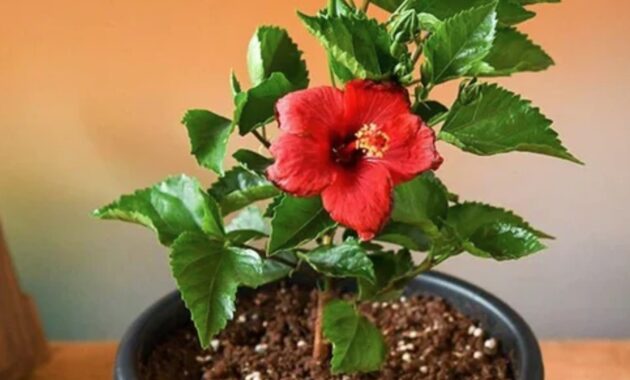
Hibiscus Plant Benefits
- Ornamental Value: Hibiscus plants add beauty and color to gardens and landscapes.
- Medicinal Uses: Hibiscus flowers are used to make herbal teas and have various health benefits, including lowering blood pressure and improving heart health.
- Edible Flowers: Some hibiscus varieties have edible flowers that can be used in salads, desserts, and drinks.
Hibiscus Plant in Garden Landscaping
Hibiscus plants can be used in various ways in garden landscaping:
- Hedge Plants: Create colorful and fragrant hedges.
- Container Plants: Grow hibiscus in pots on patios or balconies.
- Accent Plants: Use as focal points in flower beds or borders.
- Cut Flowers: Harvest hibiscus blooms for stunning floral arrangements.
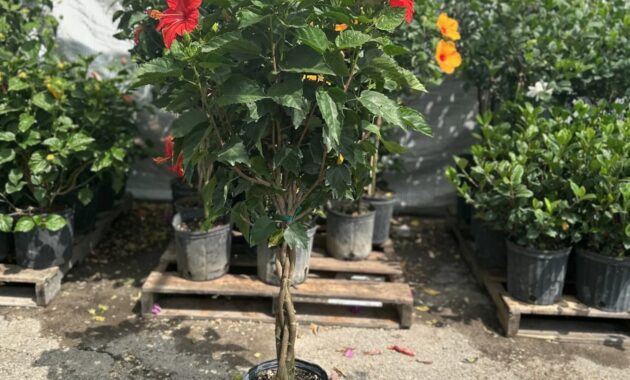
Conclusion
With proper care and attention, hibiscus plants can thrive and reward you with beautiful blooms throughout the year. By following the tips outlined in this guide, you can enjoy the beauty and benefits of these magnificent plants.
FAQs
- Can I grow hibiscus indoors during the winter?
Yes, you can grow hibiscus indoors during the winter. Place the plant in a sunny location and reduce watering frequency. - How often should I fertilize my hibiscus plant?
Fertilize your hibiscus plant every 2-3 weeks during the growing season with a balanced liquid fertilizer. - Why is my hibiscus plant not blooming?
Lack of sunlight, insufficient nutrients, improper watering, or pests and diseases can prevent hibiscus plants from blooming. - Can I propagate hibiscus from leaf cuttings?
No, hibiscus cannot be propagated from leaf cuttings. You can propagate hibiscus from stem cuttings or seeds.
